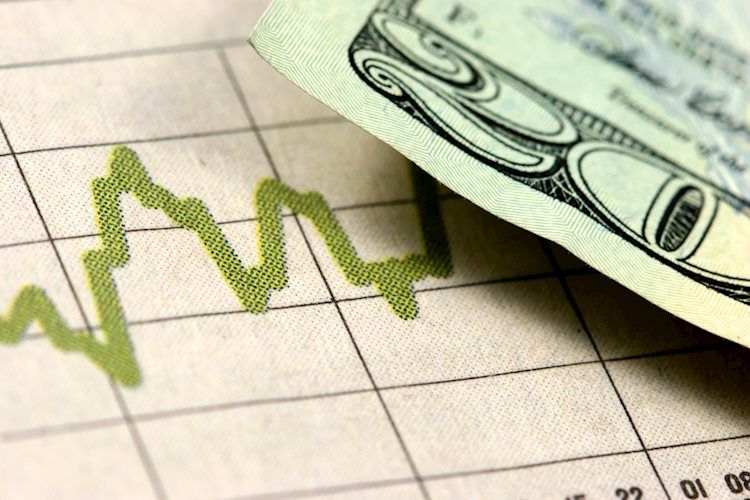The US Dollar (USD) saw a slight decrease on Friday after some hawkish comments from the European Central Bank (ECB) impacted the Dollar Index (DXY). The ECB Executive Board member Isabel Schnabel’s comments left European trading with a hawkish tone, suggesting that consecutive rate cuts are not on the table. This gave a boost to the Euro against the USD. However, the US Dollar gained momentum ahead of the US opening bell as Personal Spending numbers indicated that consumers are starting to spend more than they earn.
The core Personal Consumption Expenditures (PCE) Price Index, the preferred inflation gauge of the US Federal Reserve (Fed), did not bring any surprises on Friday. The PCE components remained stable, and even Personal Spending numbers increased, suggesting a positive outlook for the USD. Additional data points including the Chicago Purchase Managers Index and University of Michigan’s final reading for August’s Consumer Sentiment were also released.
The Chinese offshore Yuan reached its highest level against the USD since June 2023 in early Asian trading, while the Personal Consumption Expenditures (PCE) numbers for July showed a stable increase in headline PCE and core PCE, along with Personal Income and Spending. The Chicago Purchase Managers Index for August and University of Michigan’s final numbers for August were also released, indicating a positive sentiment in the market.
The US equities and European equities are expected to close Friday on a positive note, with the CME Fedwatch Tool showing a high chance of a 25 basis points interest rate cut by the Fed in September. The US 10-year benchmark rate is close to its peak for the week, trading at 3.87%. The market sentiment is positive towards a rate cut by the Fed, with further cuts expected in November as well.
The US Dollar Index (DXY) faces key levels for potential recovery, with 101.90 being the level to reclaim for a bullish momentum. The index would need to see a substantial increase to reach 103.18, while a resistance level near 104.00 poses as a major hurdle. On the downside, support levels at 100.62 and 99.58 are key levels to watch for a potential reversal in the USD.
Inflation measures the rise in the price of goods and services, with headline inflation and core inflation being important indicators for economists and central banks. Core inflation excludes volatile elements such as food and fuel, which can influence prices due to external factors. High inflation typically leads to higher interest rates and a stronger currency, while lower inflation has the opposite effect. Formerly, Gold was a safe haven asset in times of high inflation, but it is now influenced by central bank interest rate policies.











